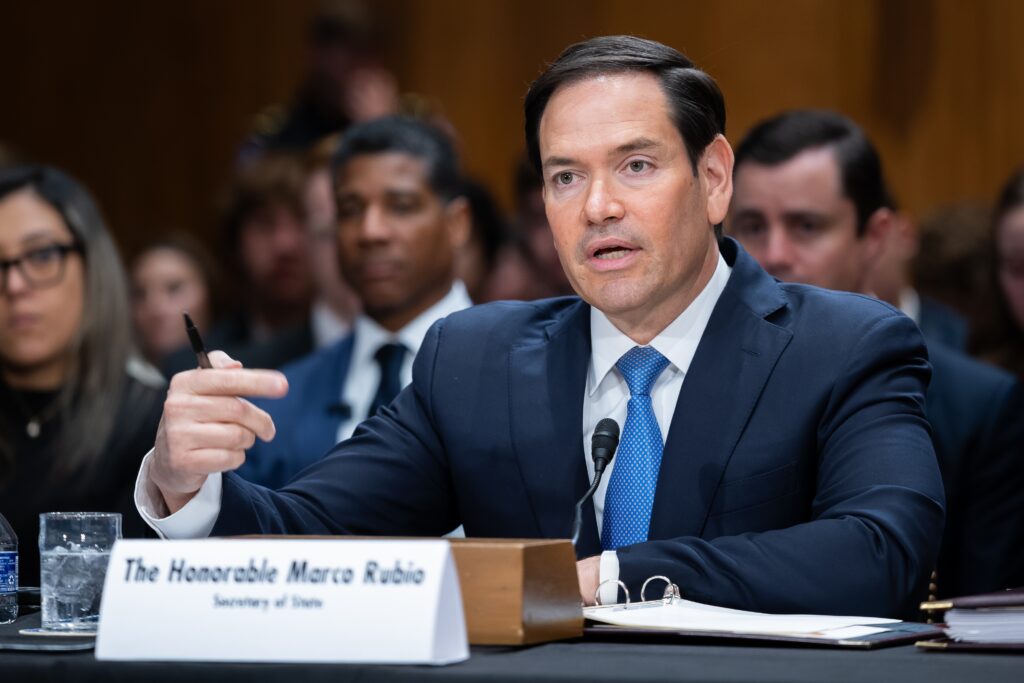Often called the world’s top diplomat, the Secretary-General (SG) of the United Nations is part CEO, part crisis manager and full-time advocate for eight billion people. One predecessor famously described it as “the most impossible job on earth.”
As Americans head to the polls, the UN is preparing for an election of its own – the selection of the next Secretary-General in 2026. Here’s a look at how that process works, and why it matters more than ever.
Step 1 – Nominations Open
About a year before the current SG’s term ends, the presidents of the UN Security Council and the General Assembly send out a joint letter inviting Member States to nominate candidates.
Anyone backed by a country can run – typically a former head of government, foreign minister or senior diplomat. In 2016, for the first time, candidates published their résumés and vision statements online – a major step toward transparency in what had long been a closed process.
Step 2 – Security Council Shortlist
The real competition begins inside the 15-member Security Council. Behind closed doors, ambassadors conduct a series of “straw polls,” marking each candidate as encourage, discourage or no opinion.
The five Permanent Members – the United States, Russia, China, France and the United Kingdom – use color-coded ballots so others can see if a P5 member objects. A single “no” from any of them can end a campaign.
After several rounds – it took six in 2016 – one candidate usually emerges without a P5 veto. Only then does the Council hold a formal vote to recommend that person to the General Assembly.
Step 3 – General Assembly Approval
From there, the 193-member General Assembly votes to appoint the Security Council’s nominee – usually by acclamation, meaning applause rather than a roll call.
The Secretary-General serves a five-year term, renewable once, a convention broken only once in UN history. The process reflects the UN’s delicate balance of power: every country gets a say, but no one gets the job without the P5’s approval.
The Unwritten Rules
Much of what determines the outcome isn’t written down, but it shapes every race.
-
No Superpower Nationals: No citizen of a P5 country has ever become Secretary-General, as it would be viewed as biased.
-
Regional Rotation: The job informally rotates among world regions. After an African (Kofi Annan) came an Asian (Ban Ki-moon) then a European (António Guterres). Many expect the next SG to come from Latin America.
-
Two-Term Tradition: Most SGs serve two terms if they keep the major powers onside. Only one – Boutros Boutros-Ghali – was denied a second term when the U.S. cast a lone veto in 1996.
Reform and the Road Ahead
For decades, the SG selection was a backroom deal among big powers. That began to change in 2015 with the “1 for 7 Billion” campaign, which pushed for open nominations, public candidate lists and hearings before the General Assembly.
The 2016 contest was the most transparent in UN history. Candidates faced public Q&A sessions, as well as engagement with the media and civil society.
With Guterres’s second term ending in 2026 (he began his second term on January 1, 2022), the next race is set to unfold under even greater scrutiny. Candidates must publish vision statements, disclose campaign donors and step aside from any UN posts to avoid conflicts of interest.
There’s also growing momentum for a historic first: electing a woman. After eight decades and nine men, many diplomats and activists say it’s time for the UN’s leadership to reflect its own values of equality and representation.
Who’s Already in the Running?
While the race to lead the UN is just beginning, three contenders have already stepped forward – each bringing distinct experience and style. Michelle Bachelet of Chile, twice elected president and later the UN’s top human rights official; Rebeca Grynspan of Costa Rica, a former vice president and now head of the UN Conference on Trade and Development; and Rafael Grossi of Argentina, the longtime chief of the International Atomic Energy Agency.
More nominations are expected as Member States test the political winds in New York ahead of the formal start to the race.
Why It Matters
The UN Charter calls the Secretary-General the “chief administrative officer” of the organization. In practice, the role blends diplomacy, leadership and moral authority – “equal parts diplomat and advocate, civil servant and CEO,” as the UN describes it.
And while the Secretary-General may not be a world president, their influence is profound – from rallying humanitarian aid to mediating conflicts and holding the powerful accountable. Ensuring that the planet’s top diplomat is chosen openly and fairly isn’t just bureaucratic housekeeping – it’s democracy on a global stage.




